Microsoft’s journey into the gaming world started over two decades ago, creating a global platform that now competes fiercely with industry titans like Sony and Nintendo. Since its inception, the brand behind Xbox consoles has revolutionized gaming through innovations in hardware, online connectivity, and extensive gaming libraries.
Today, we’ll explore the exact growth of Xbox consoles, tracing their impact on the gaming market and among fans and enthusiasts alike. For this, we’ll look at each generation, focusing on groundbreaking features, notable challenges, and their main contributions to the industry as a whole.
Let’s get right to it, then!
You may also like: The evolution of Nintendo handhelds over the years
The original Xbox: a new challenger in the gaming world
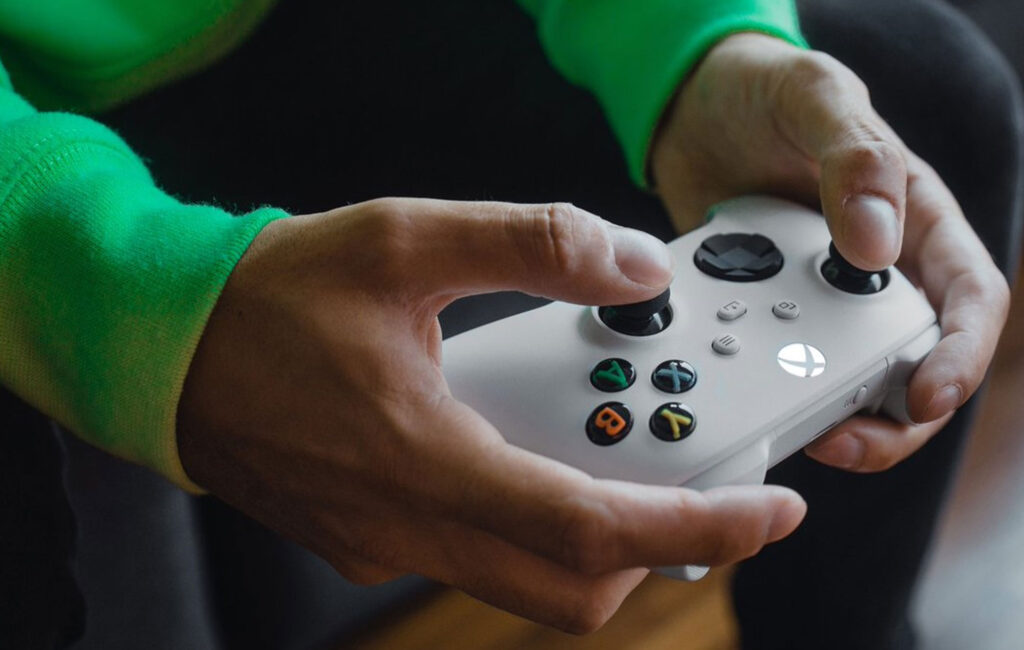
In 2001, Microsoft took a bold leap by launching the original Xbox, the first of the Xbox consoles, marking the company’s entrance into an industry where Sony’s PlayStation and Nintendo were well-established leaders.
Despite skepticism, the original Xbox was designed with specifications that rivaled even some gaming PCs at the time. Its graphics processor allowed for highly detailed graphics, pushing the boundaries of what consoles could achieve. The Xbox also introduced a hard disk drive, eliminating the need for memory cards and offering quicker access to game data.
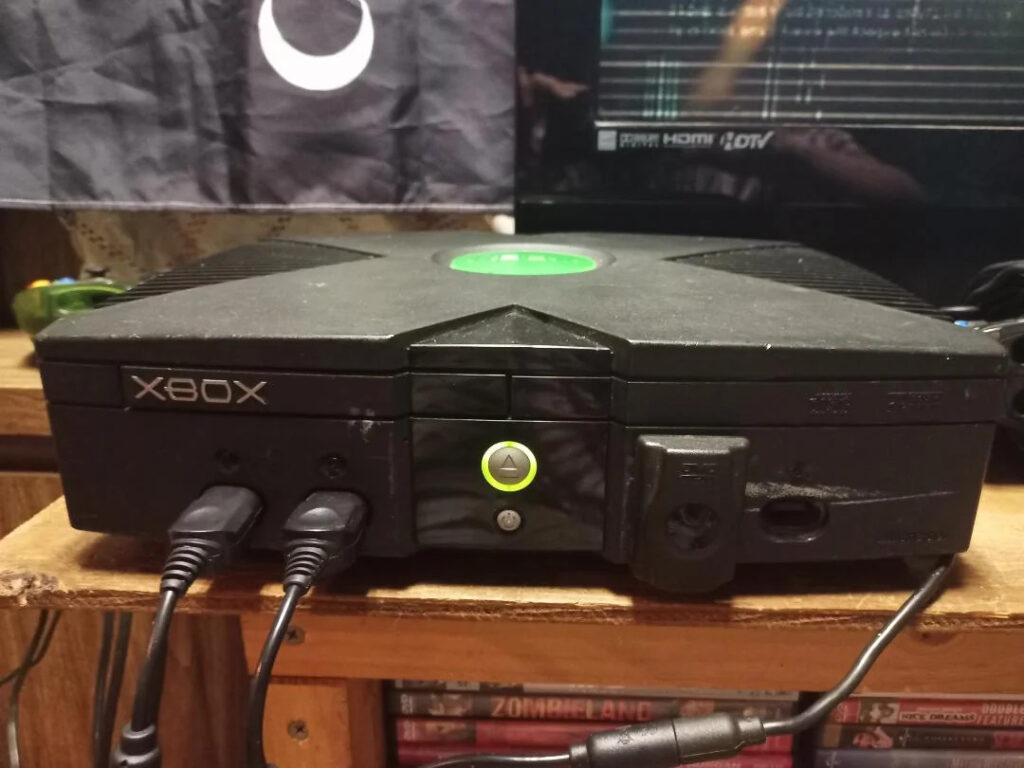
Key features and notable games
The console boasted titles like Halo: Combat Evolved, which quickly became a flagship series for Xbox and a genre-defining title in first-person shooters. Other notable franchises like Fable and Project Gotham Racing also debuted on the console, setting the stage for Xbox-exclusive experiences.
Impact on online gaming
One of Xbox’s major contributions was its foresight in online gaming. Although Microsoft’s Xbox Live service only launched in 2002, the hardware for online connectivity was present in every console from the beginning. This helped establish the Xbox console line as a leader in online gaming—a space it continues to dominate, in a sense, to this day.
Challenges and limitations
The original Xbox, while revolutionary, faced significant obstacles. Its size and weight, along with a controller that was often considered oversized, were barriers to adoption. It also struggled with third-party support, as many developers were still wary of the relatively new platform.
Xbox 360: a giant leap forward
With the release of the Xbox 360 in 2005, Microsoft solidified its position as a serious competitor in the gaming industry. The Xbox 360 introduced hardware and software upgrades that enhanced gaming graphics, processing power, and online functionality.
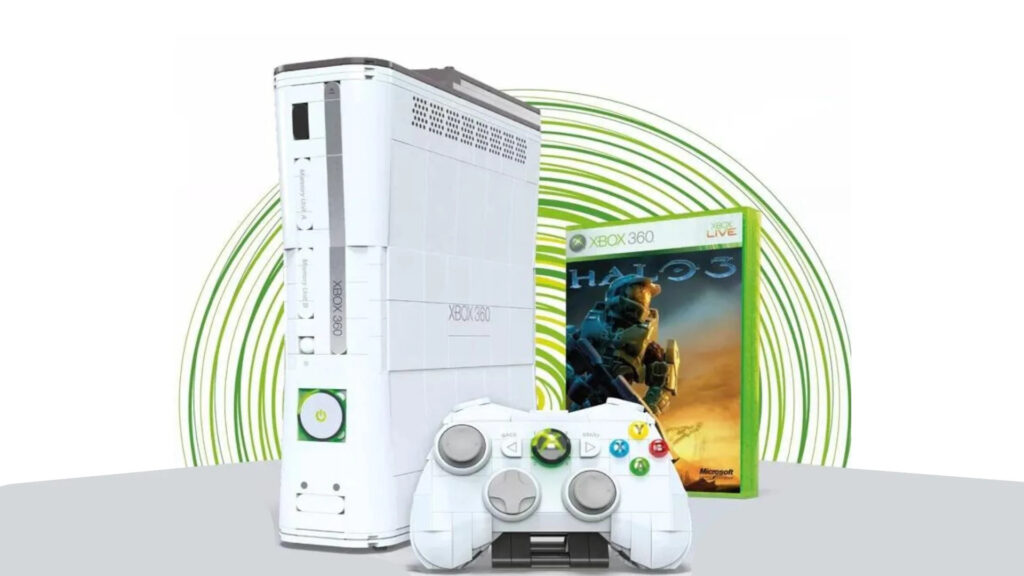
Hardware and software innovations
The Xbox 360’s graphical leap over its predecessor was clear, but the most revolutionary addition was Xbox Live, which became central to the gaming experience. The introduction of Achievements, gamerscores, and a structured online network encouraged gamers to stay connected.
Xbox Live transformed online gaming by offering reliable, community-focused multiplayer capabilities and downloadable content, paving the way for a more service-oriented approach to gaming.
Key titles and franchises
Exclusive titles like Gears of War, Forza Motorsport, and later Halo 3 defined the Xbox 360 era and created iconic moments in gaming and in the history of Xbox consoles. These games, optimized for the Xbox 360 hardware, showcased the power of the console while strengthening Microsoft’s foothold in exclusive gaming experiences.
Challenges and the “Red Ring of Death”
One infamous setback during this period was the “Red Ring of Death”—a hardware failure that impacted millions of consoles. The problem was so pervasive that Microsoft extended warranties and spent over a billion dollars on repairs. Despite this, the Xbox 360’s legacy remains strong, with the console setting a new standard for home gaming consoles.
Xbox One: a rocky start and a strong comeback
The Xbox One’s launch in 2013 was challenging, to say the least. Microsoft’s original focus on multimedia capabilities over gaming received a lukewarm response, and its launch price, which included the Kinect sensor, was seen as high compared to the competing PlayStation 4. However, Microsoft quickly refocused, addressing consumer concerns and gradually turning the Xbox One into a success and marking its spot in the Xbox consoles family.
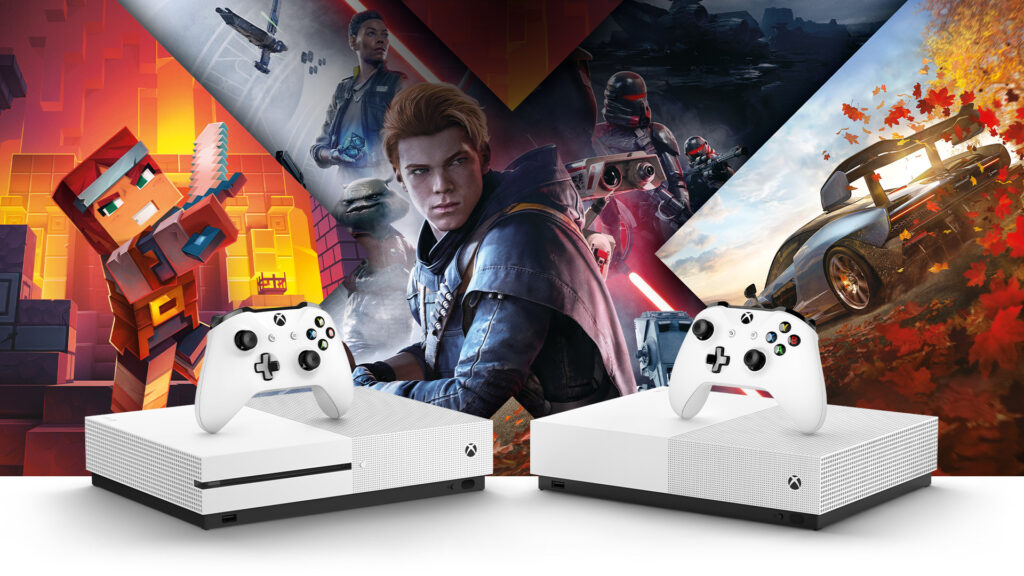
Hardware and software features
The Xbox One introduced a sleeker design and notable hardware features like cloud saves, game DVR, and an upgraded Xbox Live experience. Backward compatibility became a critical feature for the Xbox One, allowing gamers to play select Xbox 360 titles on their new console—a move that was widely praised and supported by the players.
Xbox Game Pass and cloud gaming
Perhaps one of the Xbox One’s most transformative impacts was the introduction of Xbox Game Pass. This subscription-based service allowed access to a vast library of games, providing players with a cost-effective way to explore new titles.
Additionally, Microsoft’s investment in cloud gaming showed the company’s dedication to future-proofing its platform and adapting to emerging trends.
Key games and franchises
Exclusive titles like Sunset Overdrive, Forza Horizon, and Gears 5 kept players engaged. However, it was clear that the Xbox One era leaned heavily on existing franchises while investing more in services and user experience improvements than creating new iconic IPs.
Xbox Series X|S: the next generation of Xbox Consoles
Released in 2020 in the ninth generation of gaming, the Xbox Series X and Series S represented the cutting edge of gaming hardware, designed for high-performance gameplay in 4K resolution with up to 120 frames per second. The Series X, Microsoft’s most powerful console among all the Xbox consoles, and the more affordable Series S cater to a range of gamers, ensuring accessibility without compromising quality.
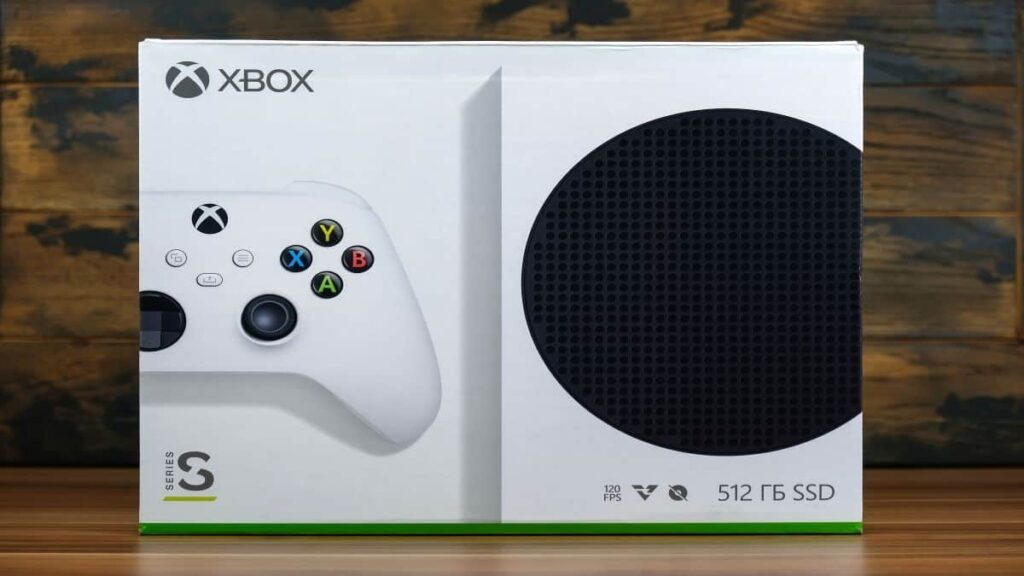
Technical advancements
Features like ray tracing, SSD storage for ultra-fast load times, and hardware-accelerated DirectX Raytracing elevate the Series X|S consoles to new heights in visual fidelity and responsiveness. These consoles have taken gaming one step closer to the immersive experiences of high-end PCs while remaining accessible to mainstream audiences.
Xbox Game Pass and subscription services
Xbox Game Pass continued to grow with the Series X|S, now including access to EA Play and enabling day-one access to Microsoft’s first-party games. The service has reshaped how players approach gaming, making high-quality titles accessible without the commitment of a purchase.
The ever-growing legacy of Microsoft in gaming
From its humble beginnings with the original Xbox to the state-of-the-art Xbox Series X|S, Microsoft has proven its dedication to innovation and growth within the gaming industry. Xbox consoles have not only pushed technological boundaries but have also shaped gaming culture, particularly through online connectivity and subscription services.
Looking to the future, Microsoft’s recent acquisitions of major studios hint at a future rich with exclusive titles. Additionally, the company’s venture into cloud gaming through Xbox Cloud Gaming suggests an ambitious vision where console and cloud experiences are seamlessly integrated. This could redefine how and where players access games, setting Xbox apart in an increasingly digital world.
At Main Leaf, we too believe in the power of innovation and building unforgettable experiences. Whether you’re an indie developer or an established publisher, we’re here to help bring your game vision to life. Reach out to explore how we can support your next project, from concept to launch!

